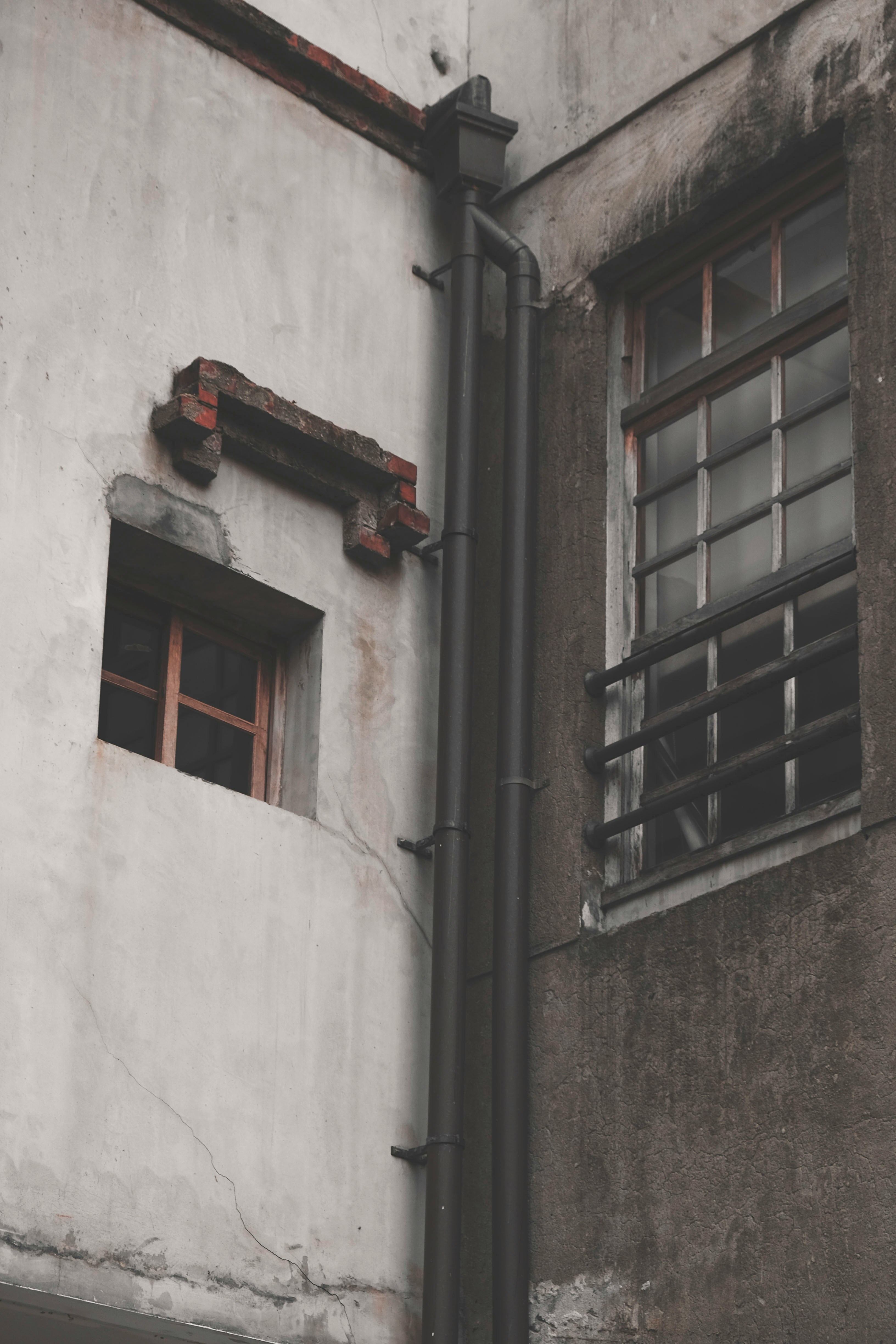Modern pipe lining systems have emerged as a revolutionary solution for pipeline repairs. They have opened the door for seamless rehabilitation in the evolving landscape of pipe maintenance. These systems, such as CIPP (Cured-In-Place Pipe), offer a reliable, cost-effective, and minimally invasive alternative to traditional pipe repair methods, eliminating the need for extensive excavation. Whether you’re dealing with residential, commercial, or industrial pipelines, understanding these modern systems can drastically enhance your approach to pipe maintenance.
The Advantages of CIPP Technology
CIPP has become the go-to method for many industry professionals, primarily because of its versatility and efficiency. Unlike traditional pipe repair, which often involves digging up large sections of land, CIPP allows pipe repair without disturbing the surface. This trenchless technology uses a resin-coated liner. This liner is inserted into the existing pipe, which is then cured to form a new, seamless pipe within the old one.
The benefits of CIPP are numerous. For one, it reduces the downtime typically associated with pipe repairs, allowing businesses and homeowners to resume normal operations much quicker. Additionally, the materials used in CIPP are durable, offering a lifespan of 50+ years, which makes it a long-term solution for pipe maintenance.
Learn more about how CIPP can revolutionize your pipe repair projects by visiting our CIPP pipe repair page.
Slip Lining: A Time-Tested Alternative
Slip lining is another trenchless method, though it differs slightly from CIPP. This technique involves inserting a more minor “slip” pipe into the existing pipeline. While this method is highly effective for straight runs, it does have limitations. These include reduced pipe diameter and less suitability for pipelines with curves or complex geometries.
However, like CIPP, slip lining offers the advantage of minimal disruption to the surrounding environment, making it a valuable tool in the modern pipe maintenance toolkit. For specific applications, particularly in commercial settings, slip lining can be the perfect solution when pipe resizing isn’t an issue.
Pipe Bursting: Replacing the Old with the New
Pipe bursting offers a robust solution for pipelines beyond simple repair. This method involves breaking the existing pipe while simultaneously pulling in a new one. The pipe company installs a completely new pipe along the path of the old one, all without the need to dig trenches. Pipe bursting is particularly useful when the existing pipe is severely damaged or collapsed, as it completely replaces the compromised pipeline.
This method is highly effective, especially in urban environments where it’s essential to minimize disruption. It’s an excellent option for pipe maintenance, ensuring a new and improved pipeline without the drawbacks of traditional replacement methods.
Choosing the Right Solution for Your Needs
When selecting the best pipe lining system, it’s essential to consider the specific needs of your pipeline infrastructure. Factors like pipe material, location, and the extent of damage play a crucial role in determining whether CIPP, slip lining, or pipe bursting is the best fit.
Incorporating advanced technologies and approaches to pipe maintenance ensures that your infrastructure remains reliable and durable for years to come. Whether you are managing a storm drainage system, a sewer line, or industrial pipelines, modern pipe lining systems provide sustainable and cost-effective solutions.
Contact Us for Expert Pipe Maintenance Solutions
At Advanced Pipe Repair, we specialize in offering the latest and most effective solutions for your pipeline needs. From CIPP to pipe bursting, we handle every project with the utmost care and expertise, minimizing disruption and maximizing efficiency. Contact us today to discuss your pipe maintenance projects and discover how our innovative solutions can work for you!

